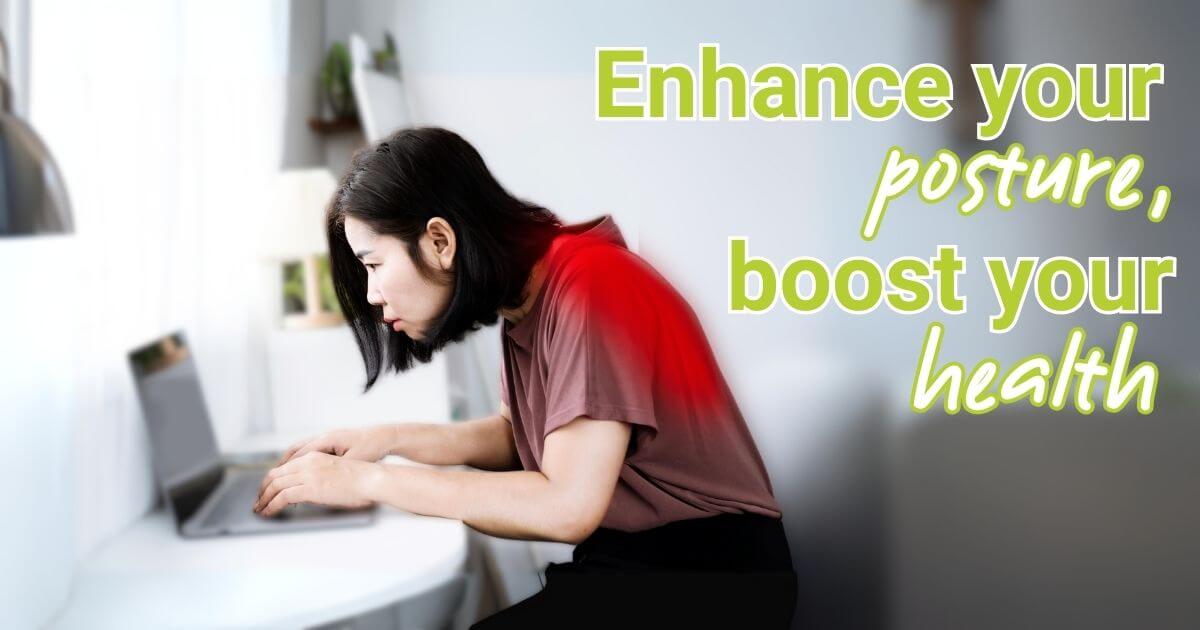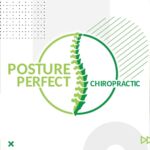Sitting is generally a harmless activity, but the way we sit can have a profound impact, not only on our well-being, but also on our self-image. That’s because as it turns out, good sitting posture is not just good for physical health; it’s also something that can significantly boost your confidence–big time.
This is according to a study that was performed by Ohio State University (OSU) and published in Science Daily. In fact, such a level of confidence can have a positive impact on your career trajectory.
Well, this gives you another reason to visit your chiropractor for posture. After all, a highly qualified one can perform spinal adjustments that can drastically improve your posture.
The link between posture and confidence

According to OSU researchers, those who were told to sit up straight and, therefore, sat up straight were more likely to believe that they were qualified for a particular job.
Also, a separate experiment at San Francisco State University (SFU) suggests that good posture is essential when it comes to boosting self-confidence. Per SFU researchers, by slumping, we are telling our subconscious selves that we are not safe. This may eventually take its toll on our self confidence.
On the one hand, it can be said that when we slouch or slump, we are–to some extent–communicating defeat as well as insecurity. On the other hand, when we sit straight or stand tall, we seem to exude competence and self-assurance. There goes the answer to your question, “What is the best posture for confidence?” So, with that in mind, even a subtle shift in posture–something that can be achieved through regular chiropractor for posture visits–can go a long way.
Effects of bad sitting posture
Bad sitting posture, if left unchecked, can lead to a number of physical problems: forward head posture, back pain, kyphosis, and so on.
Below is an extensive look at the ill effects of bad sitting posture:
-
Forward head posture
Forward head posture, in general, ranges from stiffness, neck pain, headache, and so on. As simple as it may seem, it should be noted that such a posture issue can lead to a wide range of physical ailments. The long list includes headache, neck pain, temporomandibular pain, and musculoskeletal disorders. In addition to all these, it can even heighten mortality rates among elderly men and women.
For reference, the head weighs about 10 to 12 pounds in a neutral position. However, when the forward posture is, say, 15 degrees out of alignment, the tension on the spine may increase to about 27 pounds. When forward to about 45 degrees, the tension may increase to about 49 pounds, and when forward to 60 degrees, the tension may skyrocket to approximately 60 pounds.
Putting the said factor into consideration, it can be said that forward head posture is something that should not be taken for granted.
-
Kyphosis
Kyphosis, in simple terms, is an extreme form of forward head posture. Its severe form is known to many as the hunchback. In line with this, it should be noted that the degree to which the head is hunched over is critical. This is because it plays a key role in determining the amount of dysfunction and pain that is going to be experienced due to the misalignment.
When you’re in a severe hunchback position, it’s a lot more difficult to walk and perform everyday tasks. Consequently, according to the National Institute of Health (NIH), elderly women with severe kyphosis have a 70% higher chance of developing fractures compared to their healthy counterparts.
-
Swayback
Swayback is a prevalent posture dysfunction that differs from healthy posture in several ways. Some of the most notable ones are elaborated below:
The hips, together with the pelvis, are in a forward-tilt position and in front of the head line.
The forward shift of the pelvis leads to an exaggerated inward curve in the lumbar spine or lower back.
If left untreated or mismanaged, swayback posture can lead to hip pain, knee pain, poor balance, muscle fatigue, and the like.
-
Text neck
Text neck is a repetitive stress injury that is caused by looking down at mobile phones (and other handheld devices), surfing the Internet, doing desk work, etc. It should be noted that it’s not an official medical diagnosis but rather a term that is used by many doctors and other medical practitioners.
If not addressed, it may lead to hunched shoulders, upper back pain, and degenerative changes in the cervical spine, which may lead to disc disease and osteoarthritis. The good news is a chiropractor can perform cervical spine adjustment and prevent such troublesome conditions.
How a Chiropractor for Posture can address poor sitting posture
Don’t push the panic button just yet if you’ve developed detrimental conditions due to poor sitting form. This is because there’s a chiropractor out there that can help you develop what is the best posture for confidence. Below are some notable treatments that he or she may implement:
-
Chiropractic Adjustment/Spinal Manipulation
A chiropractic adjustment is a tried and tested procedure wherein the right amount of pressure is applied to specific body parts to deliver the necessary adjustment. It is performed by a chiropractor for posture who has undergone extensive training to understand the delicacy of the process.
Don’t panic if you hear popping sounds during the treatment. They come from gas that’s discharged from the joints.
-
Work with strained tissues
A chiropractor can also treat the tissues on bones and attached muscles; together with cartilage, ligaments, and tendons. Treating the said tissues can help you achieve and maintain good posture. Along the way, muscle releases that are complemented by strengthening exercises are performed by a chiropractor.
-
Ergonomic and lifestyle advice
A chiropractor, as mentioned above, specializes in diagnosing the root cause of musculoskeletal pain. In line with this, they know that changing ergonomics is one of the best ways to drastically lessen the pain that developed due to an inappropriate working environment.
Some adjustments that a chiropractor will encourage may include the following:
-
- Proper chair height
- Correct sitting position
- Right computer angle
- The use of lumbar support
- Maintaining an off-load position
In addition to ergonomic advice, a chiropractor can also identify factors that may be contributing to poor sitting posture. He or she may also offer tips on lifting and carrying heavy items, performing proper sleeping positions that give utmost support to the spine, and so on.
Summing up
There’s more to good posture than just vanity, in one way or another, it’s also about unleashing a more vibrant and undaunted version of yourself. A chiropractor for posture, with his or her knowledge on how the body works can be of huge help in your journey of transformation.
Looking for a chiropractor for posture that can help you achieve your best posture and the level of confidence that emanates from within? Posture Perfect has you covered. Contact us now and book an appointment. Our friendly and knowledgeable personnel can explain the whole process prior to your top-notch session.








